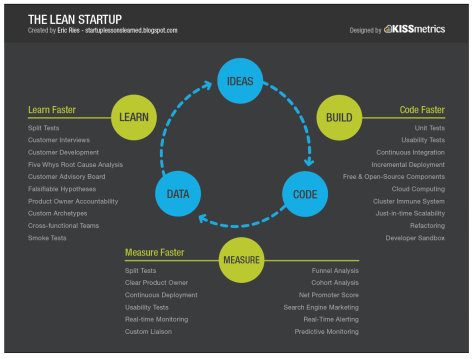I have encountered a few teachers and some administrators who have come to question their role in this ever-evolving “thing” known as 21st Century Learning. Questioning long held notions of role can be simultaneously liberating and bone chillingly scary. Liberating if open to new possibilities and jarring if attached to traditional roles either through ideological bent or trepidation about lacking the know-how to adapt.
We all have to realize that the days of being the content expert in the room have been squashed by Google. The new possibilities though are pretty damn exciting if one is ready for it. First let me put any pessimists to rest, technology will NEVER replace a teacher. Khan might be able to accelerate content acquisition or support differentiation but the really cool elements of being a teacher are irreplaceable. The need to inspire, design and provide meaty feedback are the roles that teachers and administrators need to embrace. These three core elements of inspiration, design and feedback have always been my favourite part of the job anyways. It is empowering to know that 21C learning requires me to do more of what I like and a lot less of what I don’t.
Inspiration and real honest-to-goodness feedback are important topics but I will leave them for another post. Of the big three identified in this post, design is apple of my eye right now. Think about your best vacation, the one that was seamless from beginning to end. Flight, accommodations, sites and experience flowing perfectly from element to next; creating the ultimate positive feedback loop. The experience was most likely the product of thoughtful design. The kind of design that makes a building remarkable or an experience memorable. The best stores strive for this kind of design experience as well with Apple as a stand-out. Tim Brown from IDEO is one of the foremost design thinkers in the world. Take a look at this clip from his 60 Minutes interview with Charlie Rose:
Now its time for some critical reflection. Do our schools or even our classrooms offer the same kind of integrated design? In pockets of a school maybe but definitely not widespread. Quest to Learn Public School in NYC offers its students a school designed around gaming principles. The goal is not stuff content into video games and place game consoles in the classrooms. The goal is to take the design principles of games and apply them to an educational context.
The result is a school designed around the principles of:
- Student engagement and student immersion in their learning through authentic and challenging problems.
- The creation of a “need to know” learning model where knowledge creation becomes crucial and all of the knowledge to solve a problem might not be available or evident at the outset.
- A “just in time” or emerging curriculum based around challenges and student inquiry.
These design principles have created a context that creates:
- A need for students to share new understandings and knowledge.
- Opportunities to share knowledge with a larger audience.
- Export their expertise to an context outside of school.
This is hugely empowering for teachers, administrators and students. Designing an environment that maximizes authentic learning is far more at the core of the teaching vocation than delivering content. Give yourself permission to let go of the baggage holding you back. You have value beyond knowledge of the Great Lakes and Capital Cities of Canada. Embrace the tools and ideas that make the mundane move faster so that you can get on with being an educator that changes lives.


